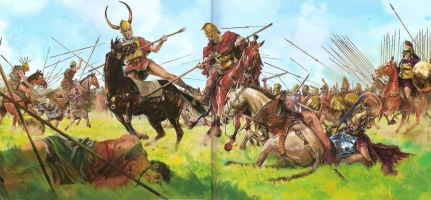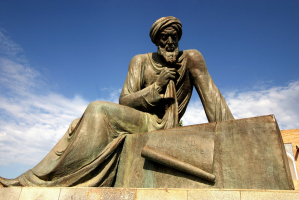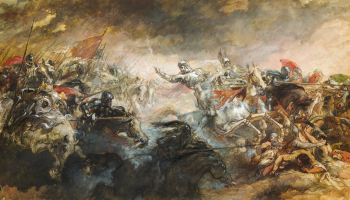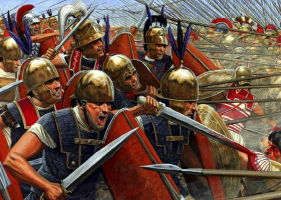Top 10 History's Greatest Rebels
We can all identify with historical accounts of notable rebels. Even while most people wouldn't go as far as these people did, each of us has a secret desire ... read more...to resist oppression. Because of this, regardless of whether they were successful or not, many of them are still regarded as heroes in their respective countries. More significantly, because they highlight historical details that could otherwise have been overlooked, these tales paint a more accurate and comprehensive picture of the eras in question. Rome's slave uprisings, for instance, let us comprehend the Roman story from the viewpoint of its vast slave population rather than just a small group of elites who were given the opportunity to write it.
-
Everyone has different opinions about Vladmiri Lenin, but nobody disputes the fact that he was one of the most successful rebel commanders in history. One of Europe's longest-standing royal dynasties was brutally and irrevocably terminated by the Bolshevik Revolution of 1917, which also sparked numerous more uprisings throughout the rest of Europe and beyond.
When his brother was put to death by the authorities in 1887 for plotting to assassinate the emperor, Lenin began to study revolutionary theory. He would later deepen his ideas and collaborate with several Marxist organizations around the globe. In 1895, he was even banished for attempting to organize workers in Petrograd.
Bolshevism, the philosophy of Lenin, was more militaristic than other socialist movements in the nation at the beginning of the 20th century. This group was ultimately responsible for overthrowing the Tsarist regime in 1917 and creating the Soviet Republic, one of history's longest-lasting empires.
Born: Vladimir Ilyich Ulyanov, 22 April, 1870Simbirsk, Russian Empire (now Ulyanovsk, Russia)
Died: 21 January 1924 (aged 53)- Chairman of the Council of People's Commissars of the Soviet Union
In office: 6 July 1923 – 21 January 1924
Preceded by: Office established
Succeeded by: Alexei Rykov- Chairman of the Council of People's Commissars of the Russian SFSR
In office: 8 November 1917 – 21 January 1924
Preceded by: Office established
Succeeded by: Alexei Rykov- Member of the Russian Constituent Assembly
In office: 25 November 1917 – 20 January 1918[a]Serving with Pavel Dybenko
Preceded by: Constituency established
Succeeded by: Constituency abolished
Constituency: Baltic Fleet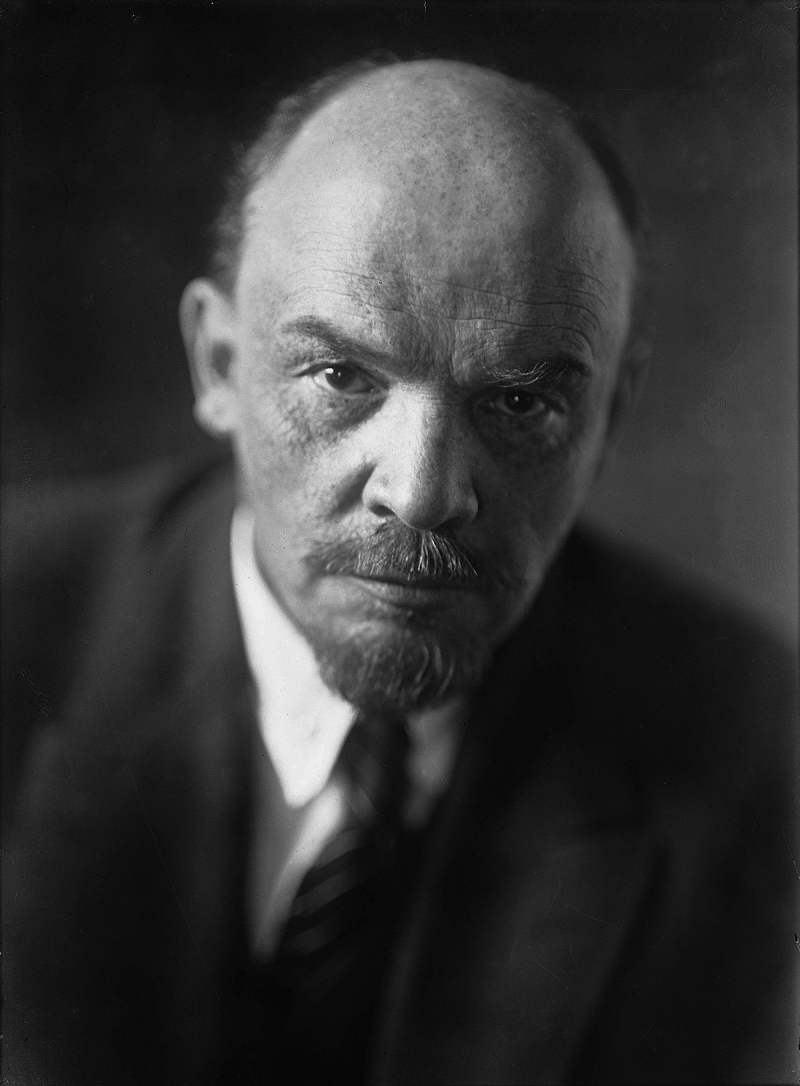
https://www.google.com 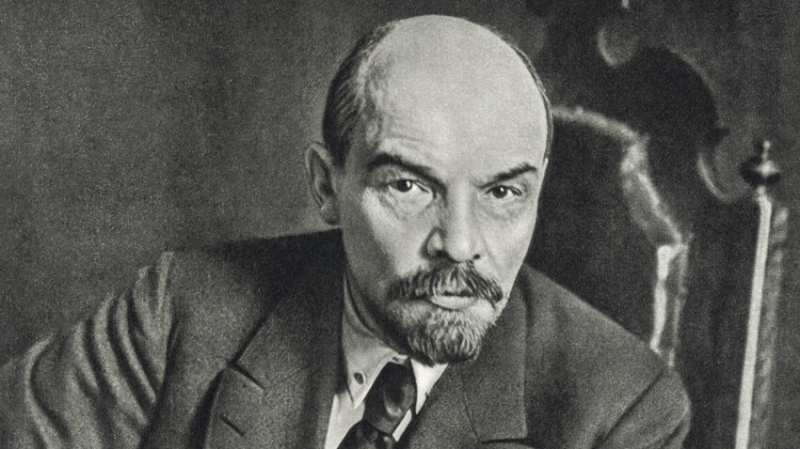
https://www.google.com -
The Partisan Army, led by Tito, also known as Josip Broz, was arguably one of the most successful uprisings in history. It was just one of the numerous insurgent organizations known collectively as the Yugoslav Partisans that appeared all over Yugoslavia following Nazi occupation in 1941. But towards the conclusion of the conflict, the Partisan Army in particular had become a significant obstacle for the Nazis.
Numerous strategies were used by Tito's Partisans to weaken the Nazis, including the publication of revolutionary literature to encourage other Yugoslavians to support their cause. After the war was over, Tito continued to lead the Socialist Federal Republic of Yugoslavia as its de facto leader until his passing in 1980.
Born: Josip Broz, 7 May 1892Kumrovec, Kingdom of Croatia-Slavonia, Austria-Hungary (now Croatia)
Died: 4 May 1980 (aged 87)- President of Yugoslavia
In office: 14 January 1953– 4 May 1980
Prime Minister
Vice President
Preceded by: Ivan Ribar(as President of the Presidency of the People's Assembly)
Succeeded by: Lazar Koliševski(as President of the presidency)- 19th Prime Minister of Yugoslavia
In office: 2 November 1944 – 29 June 1963
President: Ivan RibarHimself (from 1953)
Preceded by: Ivan Šubašić
Succeeded by: Petar Stambolić Additional ministries- 1st Secretary-General of the Non-Aligned MovementIn office1 September 1961 – 5 October 1964
Preceded by: Office established
Succeeded by: Gamal Abdel Nasser- 4th President of the League of Communists of Yugoslavia
In office: 5 January 1939 – 4 May 1980
Preceded by: Milan Gorkić
Succeeded by: Stevan Doronjski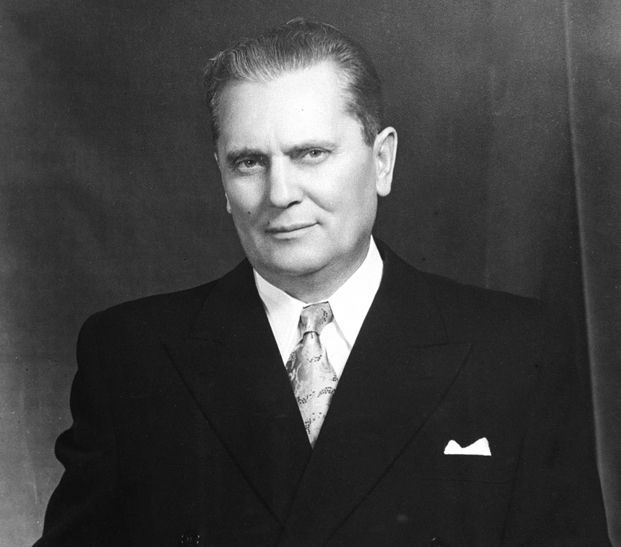
https://www.google.com 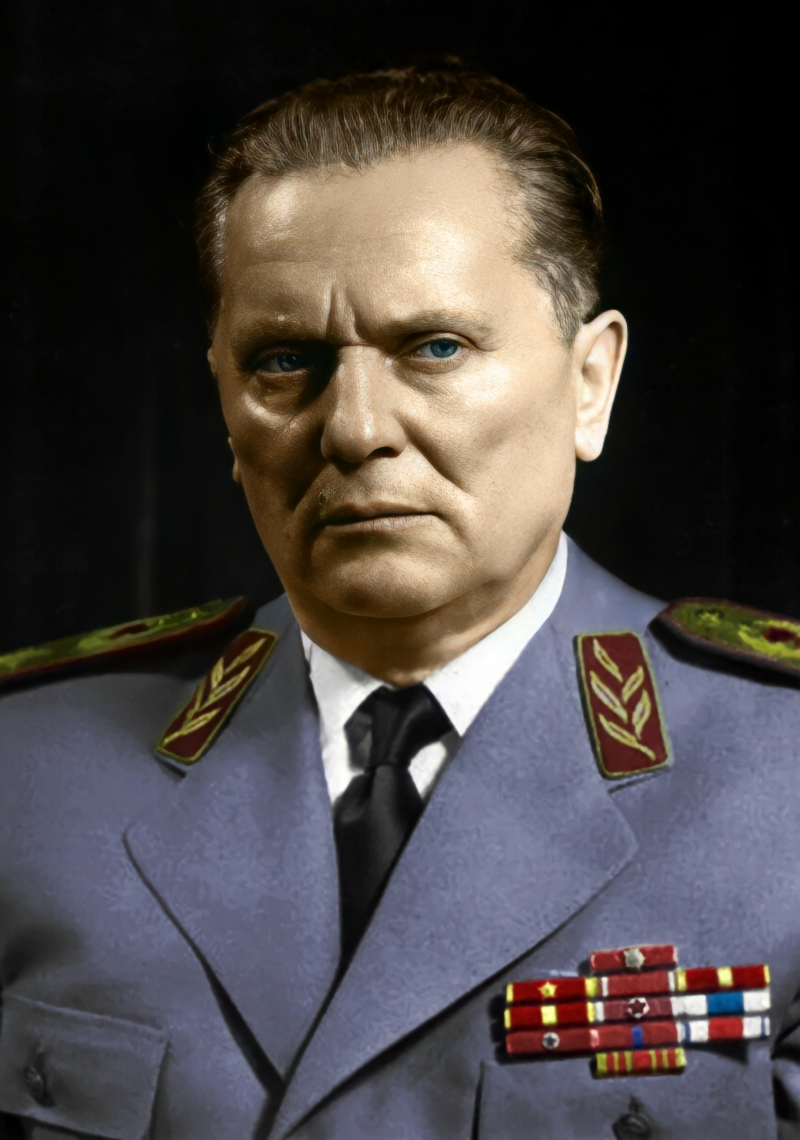
https://www.google.com -
Although all the slave uprisings have rarely been covered in the extensive documentation and discussion of US slavery history. The history of the United States is replete with instances of slaves who chose to take up arms and fight, just like other societies that relied on slavery throughout history.
In all events, Nat Turner's uprising in Southampton County, Virginia, was the most successful and long-lasting. He began their invasion on the nearby white communities on August 21, 1831, accompanied by roughly 70 rebellious slaves who were armed only with knives and staffs. Depending on the source, this led to the deaths of 55 to 70 persons.
The state police and local militias that supported them put an end to the revolt. While Nat Turner was apprehended and executed in 1831, the incident greatly scared the rest of the South's slaveholder populace. After the American Civil War, slavery was finally abolished as a result of the revolt, which compelled the government to impose even harsher regulations to manage the slave population.
Born: October 2, 1800, Southampton County, Virginia, United States
Died: November 11, 1831, Courtland, Virginia, United States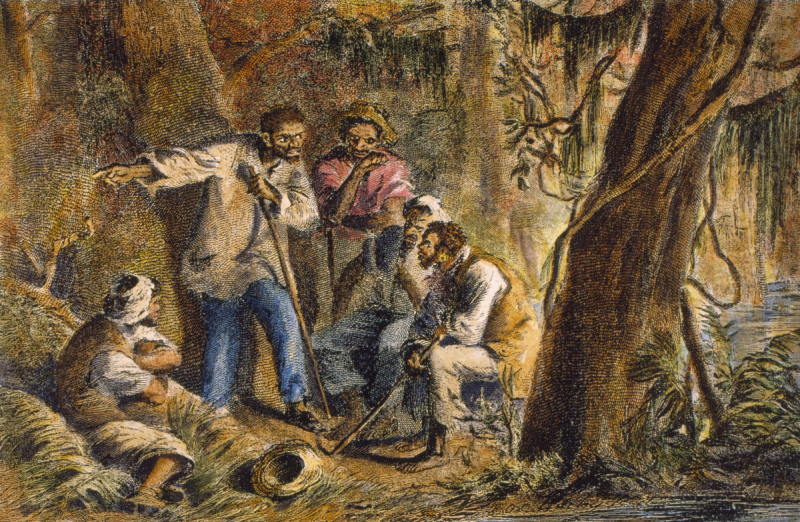
https://www.google.com 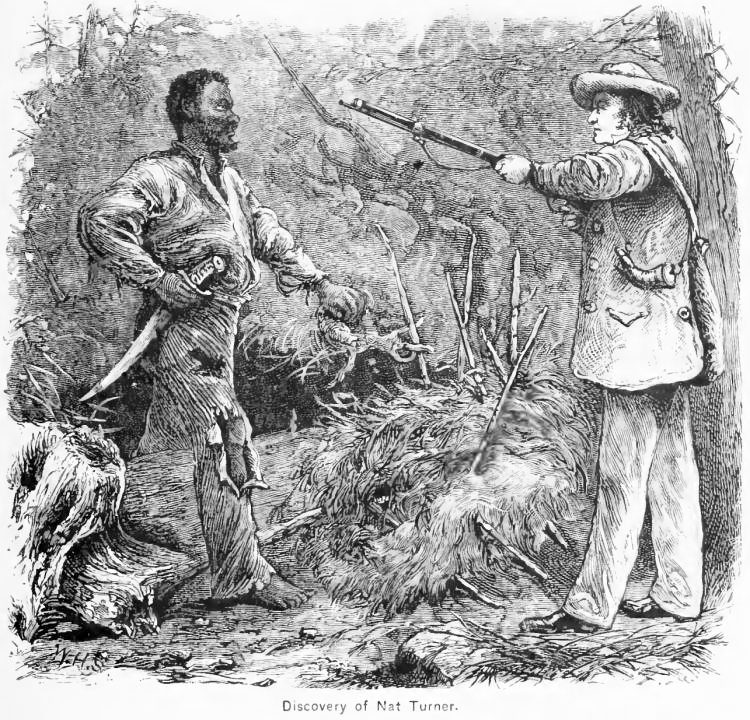
https://www.google.com -
Although Ho Chi Minh's career as a rebel guerrilla leader actually began much earlier than the Vietnam War, most of us only remember him for his campaign against US and South Vietnam-led forces during that conflict. The Indochina Communist Party and its successor Viet-Minh were founded by Ho, one of the most renowned communist figures of the Cold War era, in 1930 and 1941, respectively. Ho had been involved in politics since at least 1917.
He organized several factions under his command and led the Vietnamese independence movement first against the Japanese in 1941, then against France in 1945. At the pivotal battle of Dien Bien Phu in 1953–1954, Ho Chi Minh's men decisively destroyed the better-equipped French colonial army.
After defeating the French, North and South Vietnam took control of the nation and essentially started the two-decade-long Vietnam War. He and a few other North Vietnamese leaders are to blame for the North Vietnamese troops' adoption of guerilla tactics sometime in 1965, which prevented open conflict unless the circumstances were favorable.
As we are all aware, that tactic was successful, and Ho Chi Minh's forces ultimately prevailed. Ho is still revered as a national hero in Vietnam and other former communist countries, even though Vietnam was unified in 1975 as a socialist state.Born: Nguyễn Sinh Cung, 19 May 1890Kim Liên, French Indochina
Died: 2 September 1969 (aged 79)Hanoi, North Vietnam- Chairman of the Workers' Party of Vietnam
In office: 19 February 1951 – 2 September 1969
General Secretary: Trường Chinh, Lê Duẩn (acting)
Preceded by: Position established
Succeeded by: Position abolished- First Secretary of the Workers' Party of Vietnam
In office: 1 November 1955 – 10 September 1960
Preceded by: Trường Chinh
Succeeded by: Lê Duẩn- 1st President of the Democratic Republic of Vietnam
In office: 2 September 1945 – 2 September 1969
Preceded by: Bảo Đại (as Emperor)
Succeeded by: Tôn Đức Thắng- 1st Prime Minister of the Democratic Republic of Vietnam
In office: 2 September 1945 – 20 September 1955
Preceded by: Trần Trọng Kim (as Prime Minister of the Empire of Vietnam)
Succeeded by: Phạm Văn Đồng- Minister of Foreign Affairs
In office: 28 August 1945 – 2 March 1946
Preceded by: Trần Văn Chương(Empire of Vietnam)
Succeeded by: Nguyễn Tường Tam
In office: 3 November 1946 – March 1947
Preceded by: Nguyễn Tường Tam
Succeeded by: Hoàng Minh Giám- Full Member of the 2nd and 3rd Politburo
In office: 31 March 1935 – 2 September 1969
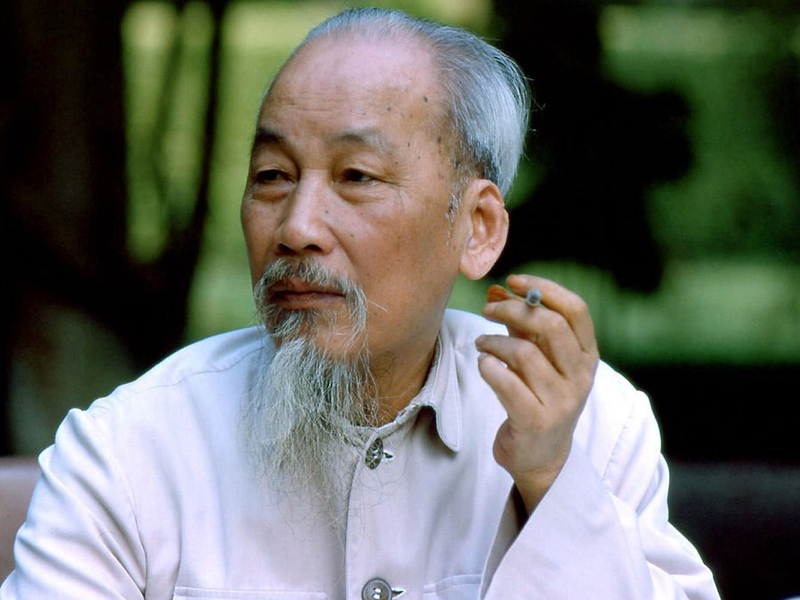
https://www.google.com 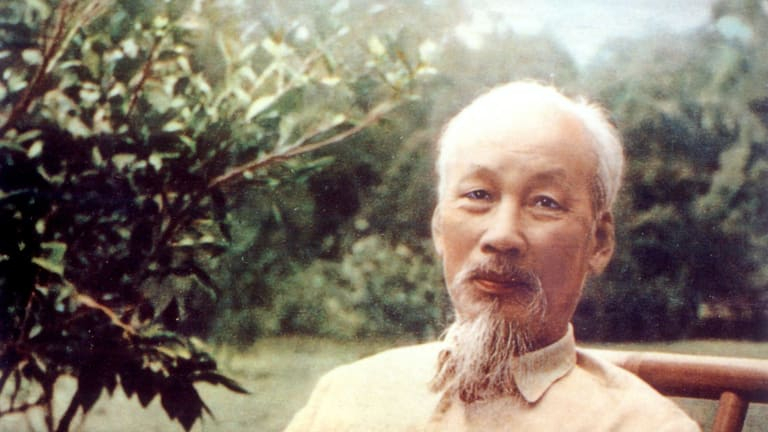
https://www.google.com -
However, everything came to a head when Roman soldiers raped Boudica's two daughters and beat her. The Iceni and other tribes in the area erupted in open revolt as a result. The retaliation by Boudica's army against any Romans in the area was quick and savage. In a matter of days, she cruelly killed the whole Roman inhabitants of Camulodunum, now Colchester, the capital of Roman Britain.
Even though Boudica continued to triumph in battle, the Romans eventually put an end to her uprising. It is unclear from the records what happened to her after that, but at least one account claims that she poisoned herself to elude detection. However, everything came to a head when Roman soldiers raped Boudica's two daughters and beat her. The Iceni and other tribes in the area erupted in open revolt as a result.
The retaliation by Boudica's army against any Romans in the area was quick and savage. In a matter of days, she cruelly killed the whole Roman inhabitants of Camulodunum, now Colchester, the capital of Roman Britain.
Even though Boudica continued to triumph in battle, the Romans eventually put an end to her uprising. It is unclear from the records what happened to her after that, but at least one account claims that she poisoned herself to elude detection.Born: British Isles
Died: 60/61
Spouse: Prasutagus
Issue: 2 daughters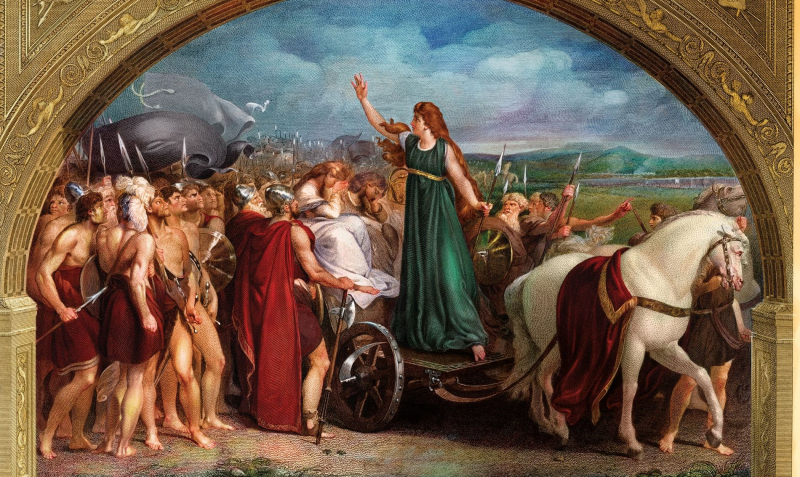
https://www.google.com 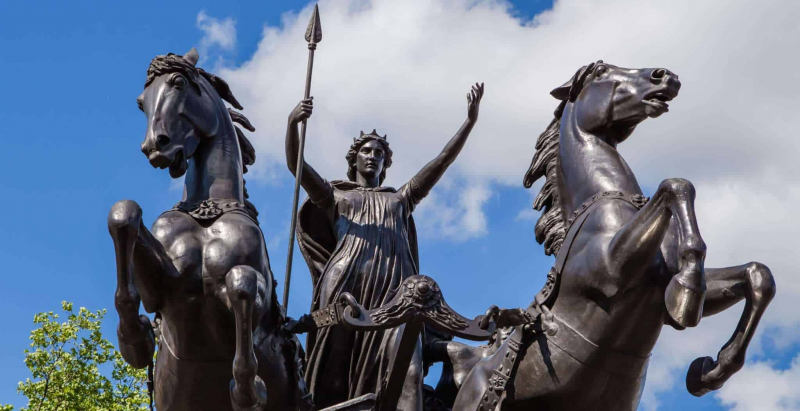
https://www.google.com -
Tatanka Iyotake, better known as Sitting Bull, was a Lakota tribe native American leader. Although he wasn't the first native American leader to challenge the authority of the US government, he was undoubtedly one of the most successful, at least at first.
Iyotake began fighting at the age of 14 and quickly gained a reputation as a talented fighter. He would later lead wars for many years against US forces and other native American tribes, developing a reputation as a fearless warrior and competent commander. In 1867, he was named the top chief of the entire Sioux people.
In the wider Great Sioux Wars of 1876, Sitting Bull is still recognized for his decisive win over George Armstrong Custer, a significant US military figure in the American Indian Wars, at the Battle of Bighorn. In the Great Plains, that made him a formidable rebel commander, but it also forced the government to devote even more resources to regaining control. In 1881, The Sitting Bull was finally subdued and made to give up.
Born: Húŋkešni (Slow) or Ȟoká Psíče (Jumping Badger) c. 1831 Grand River, Dakota Territory, U.S.
Died: December 15, 1890 (aged 58–59)Military career: Battles/warsBattle of the Little Bighorn
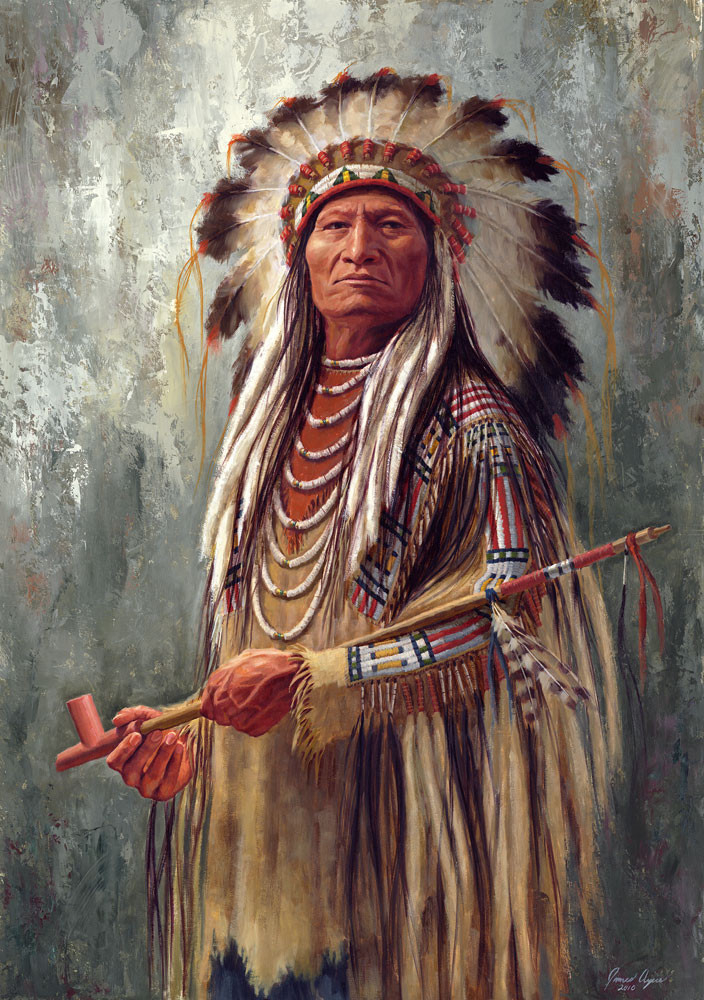
https://www.google.com 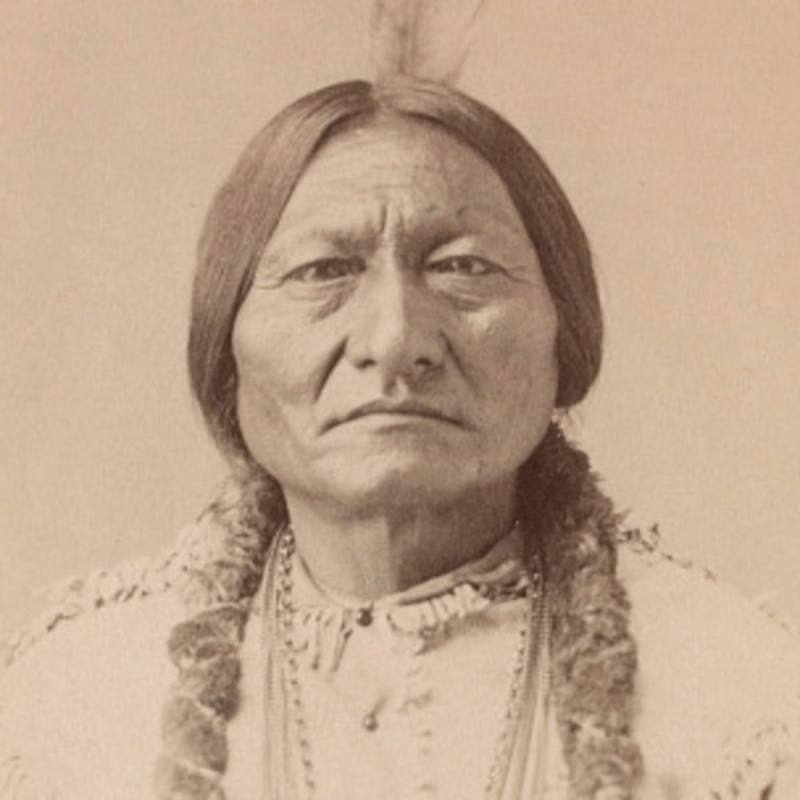
https://www.google.com -
Because of the 1995 movie Braveheart, which was based on his life, many of you may already be familiar with William Wallace, but he still deserves to be included on any list of significant rebels in history. Wallace's story serves as a reminder of the harshness of rulers toward unsuccessful uprisings as well as how one individual can rise up against the strength of an entire country. He is still revered as a national hero in Scotland.
Wallace was a key figure in the First Scottish War of Independence and one of its most effective leaders. He succeeded in defeating King Edward's soldiers at the crucial Battle of Stirling Bridge in 1297, establishing himself as a significant adversary of British control in Scotland.
Wallace would manage to flee, but the victory would be short-lived as Wallace's men were routed by royal forces in 1298. Up until his capture and delivery to the king by a Scottish knight in 1305, little is known about his exploits in the years that followed. William Wallace was publicly hung, disemboweled, beheaded, and quartered, and his limbs were dispersed around the country as a lesson to the other people.
Born: c. 1270 Elderslie, Renfrewshire, Kingdom of Scotland
Died; 23 August 1305 (aged c. 35)Smithfield, London, Kingdom of England- Guardian of the Kingdom of Scotland(Second Interregnum)In office1297–1298
Preceded by: John Balliol (as King of the Scots)
Succeeded by: Robert the Bruce, John Comyn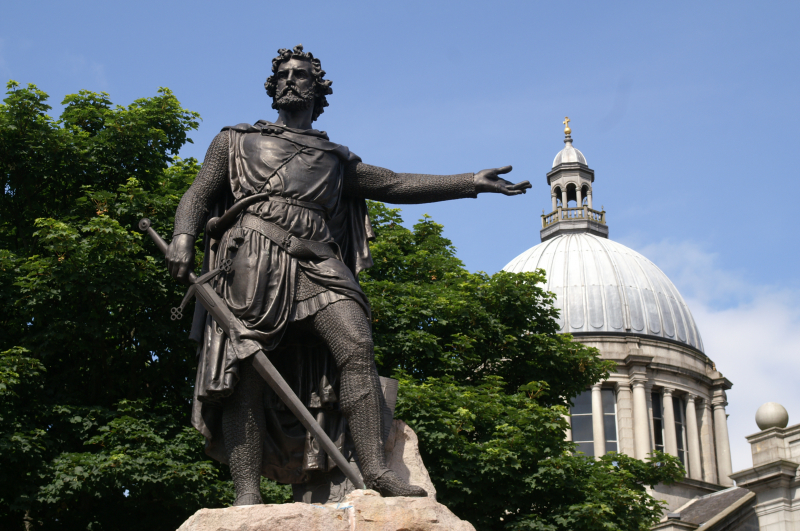
https://www.google.com 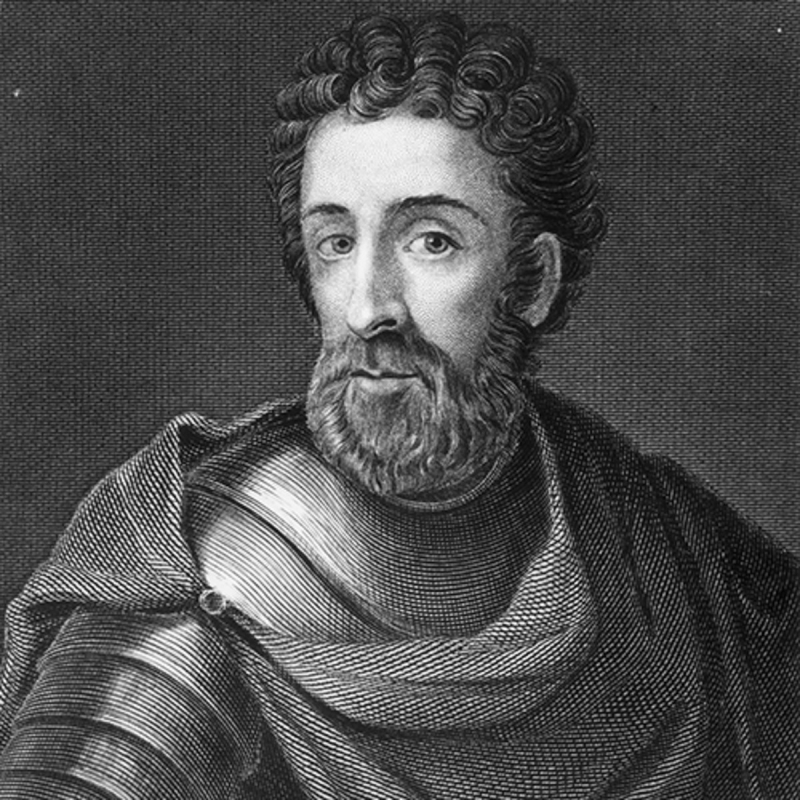
https://www.google.com -
In the first century AD, the kingdom of Palmyra, which had a capital city of the same name, came under Roman domination, but as a client state that was still largely under the power of its own aristocracy. However, when Roman influence in the area waned by the third century, so did its control over a number of other countries. Palmyra, which was now a powerful, flourishing region headed by Queen Zenobia, made the decision to take a gamble and rebel.
Zenobia, a talented tactician and strategist, desired to build an eastern empire akin to the one that existed during the height of Rome's power. She had already conquered Egypt by the year 270 and had shown to be a powerful opponent for the Roman army.
However, in the end, Queen Zenobia's army was unable to compete with the Roman war machine, which was still one of the most skilled armies at the time. In 272, the Roman emperor Aurelian Augustus invaded and conquered the city of Palmyra. Although some historians suggest she was captured and lived the remainder of her life as a Roman prisoner, records are unclear about what exactly happened to her.
Born: Septimia Btzby (Bat-Zabbai)c. 240Palmyra, Syria
Died: After 274- Empress
Reign: AD 272
Co-monarch: Vaballathus- Queen mother (regent) of Palmyra
Regency: 267–272
Monarch: Vaballathus- Queen consort of Palmyra
Tenure: 260–267
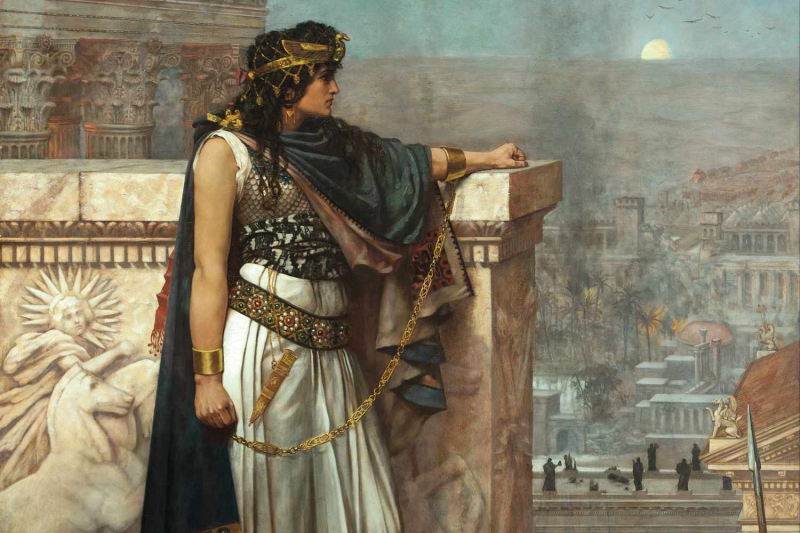
https://www.google.com 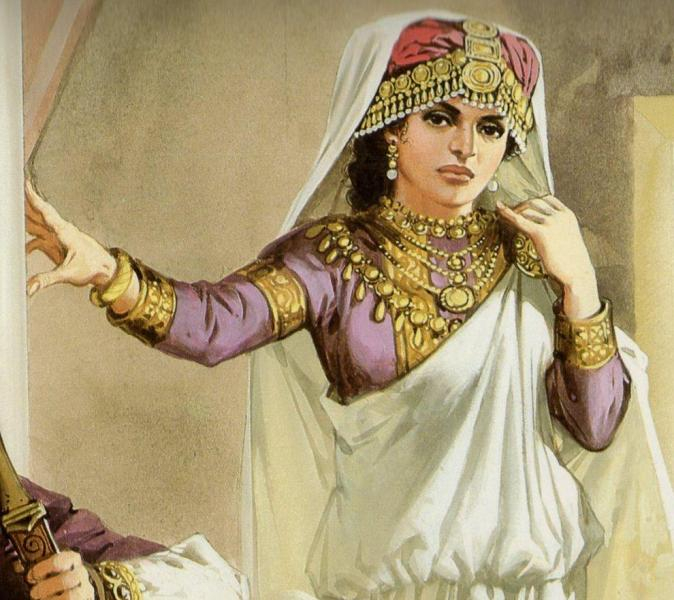
https://www.google.com -
For the majority of the 14th century, China had its own wave of revolutions similar to those in Europe due to widespread hunger and famine in the country's northern and central areas. The one led by Zhu Yuanzhang, who later founded one of the longest-lasting dynasties in Chinese history, was by far the most successful of them all.
Yuanzhang, who was born in 1328 in a poor town on China's east coast, joined one of the many rebel groups that were forming there to oppose the Mongol Yuan dynasty at the age of 16. He progressed swiftly through the ranks and attracted a group of devoted supporters before successfully marching on Nanjing's important strategic location in 1356.
That marked a turning point, and in 1368 Zhu at last took control of the Yuan capital of Dadu, which is now Beijing, following years of conflict and success over the Mongols. Zhu Yuanzhang would go on to become both one of history's most effective rebels and the first emperor of the Ming Dynasty, which ruled over a mostly united China for close to three centuries.
Born: 21 October 1328Tianli 1, 18th day of the 9th month
Died: 24 June 1398 (aged 69) Hongwu 31, 10th day of the 5th leap month
- 1st Emperor of the Ming dynasty
Reign: 23 January 1368[n 1] – 24 June 1398
Enthronement: 23 January 1368
Successor: Jianwen Emperor- Emperor of China: Reign1368–1398
Predecessor: Ukhaghatu Khan Toghon Temür (Yuan dynasty)
Successor: Jianwen Emperor (Ming dynasty)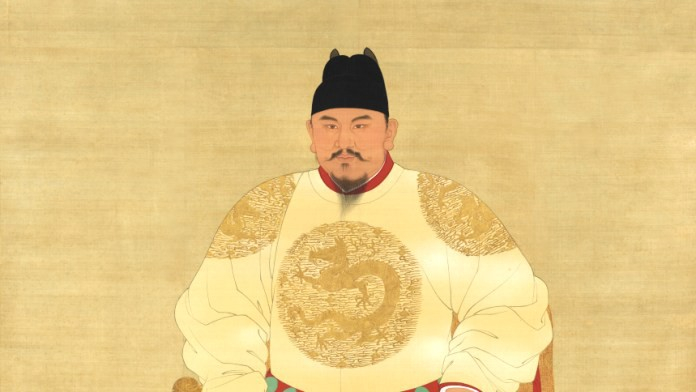
https://www.google.com 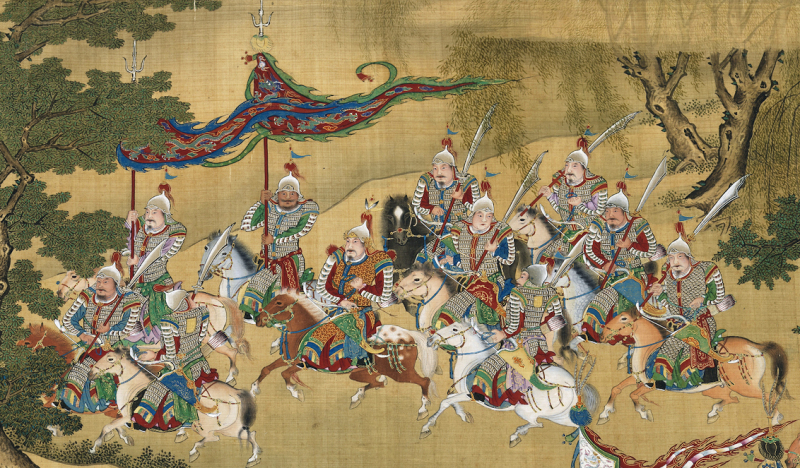
https://www.google.com -
Europe didn't have a wonderful time in the 14th century. The famine of 1315–1317 was the beginning, brought on by unusually severe rainfall and flooding over the continent. Before things could get back to normal, the Black Death, one of the worst virus epidemics in history, struck numerous densely populated cities and villages across the continent in 1948.
That served as the setting for the 1381 Wat Tyler Revolt, a peasant uprising in Britain over harsh taxation regulations. While little is known about Tyler's early years, later documents seem to indicate that the insurrection was based in the Essex region and had strong local backing.
He assembled a bunch of peasants, gave them whatever weapons they could find, and led them towards London. Despite their initial success in entering the city and compelling King Richard II to engage in negotiations, it was short-lived. The insurrection was finally put to an end when Tyler was eventually murdered by London's mayor, Sir William Walworth, during a contentious negotiation.
Born: c.1320/4 January 1341Kent or Essex, England
Died; 15 June 1381London, England
Nationality: English
Known for: Peasants' Revolt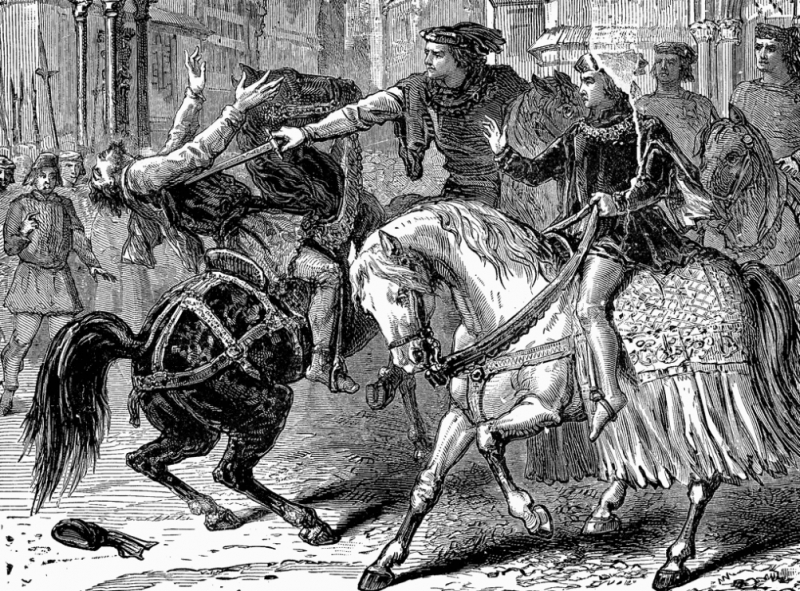
https://www.google.com 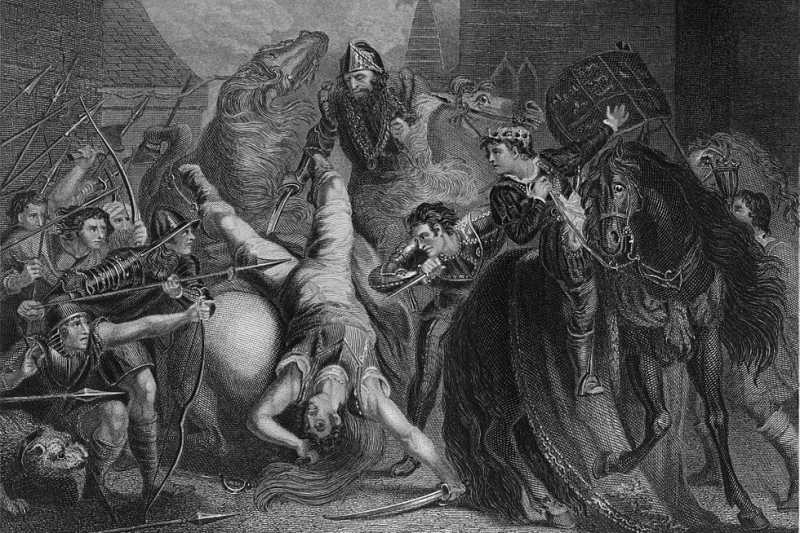
https://www.google.com













